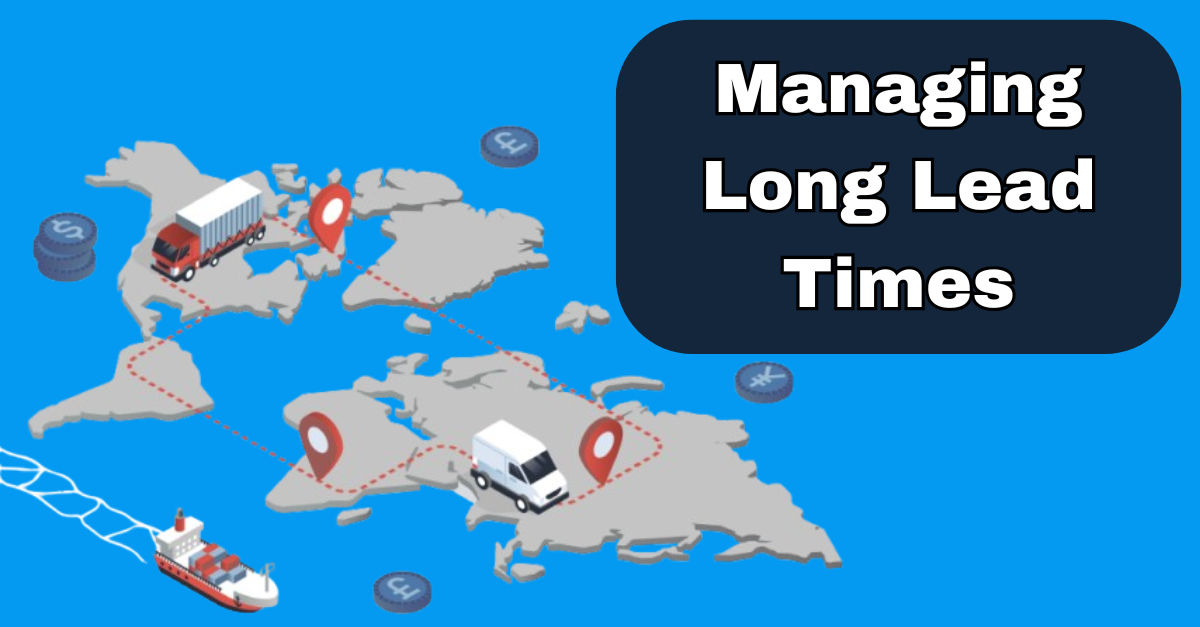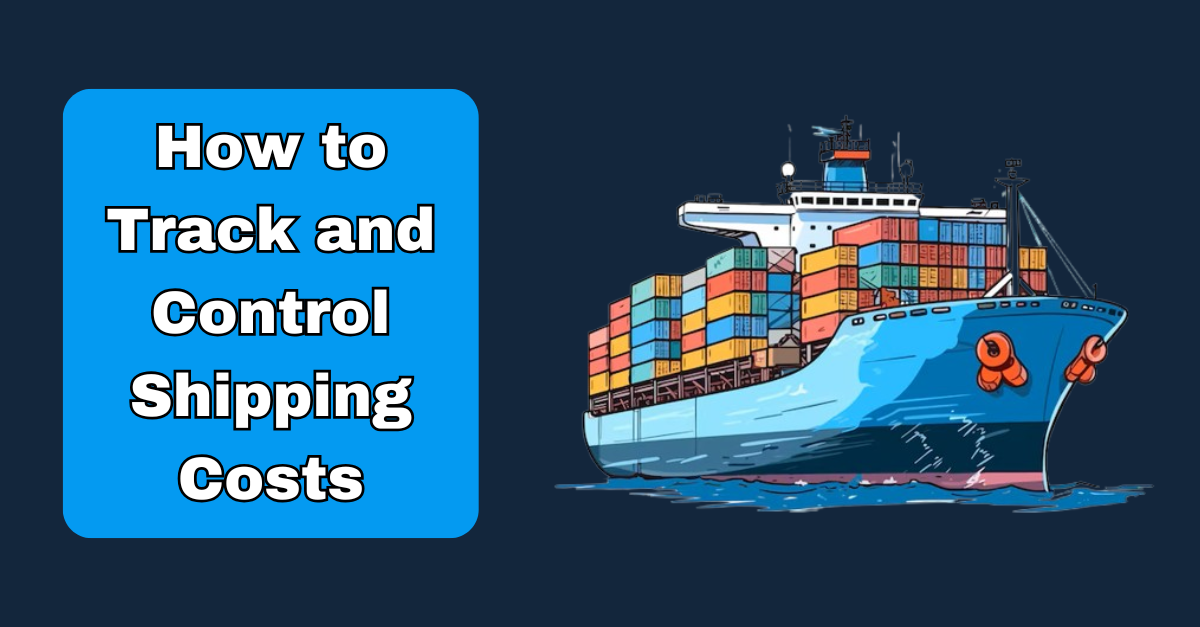When opting for external third-party logistics providers (3PL) and contract manufacturers (CM), various tasks, from unloading incoming orders to overseeing distribution, transportation, and manufacturing, are delegated.
Outsourcing your operations to supply chain and logistics specialists, such as 3PLs or CMs, can bring about significant benefits like cost savings, reduced capital expenditure and enables increased focus on core competencies.
However, with these advantages come unique challenges. The central challenge revolves around maintaining control and visibility over inventory, both in terms of raw materials and finished goods, from a distance.
Gaining visibility over inventory from external providers involves dealing with a plethora of data and documentation. This includes proof of delivery documents, supplier receipts, and production entries.
Unfortunately, sorting through this information often becomes a labor-intensive process, consuming valuable time that could be better utilized on more important tasks.
Consider a common scenario: placing an order for raw materials with a supplier. The CM receives the order, providing proof of delivery for each shipment and sending a corresponding spreadsheet that contains what was received for the day.
While this system aims to streamline the process, manually sorting through documents and updating the ERP system or inventory database is still a time-consuming administrative task.
This isn't a problem you can just ignore. Ensuring an adequate supply of raw materials to meet future customer demand, producing enough stock for current requirements, and paying supplier invoices on time are all challenges that first require precise inventory management.
The administrative work of managing these documents and data at this point is inevitable. How can this be managed without the added administrative burden?










